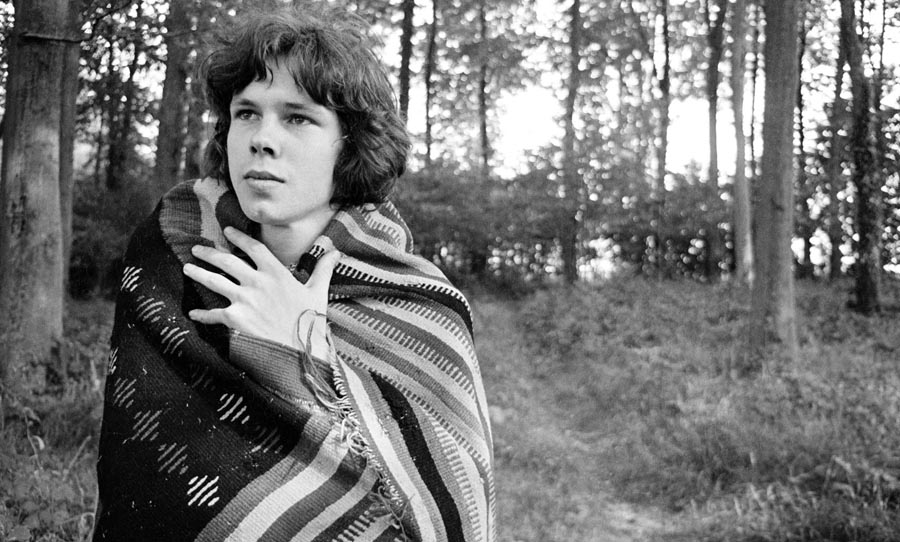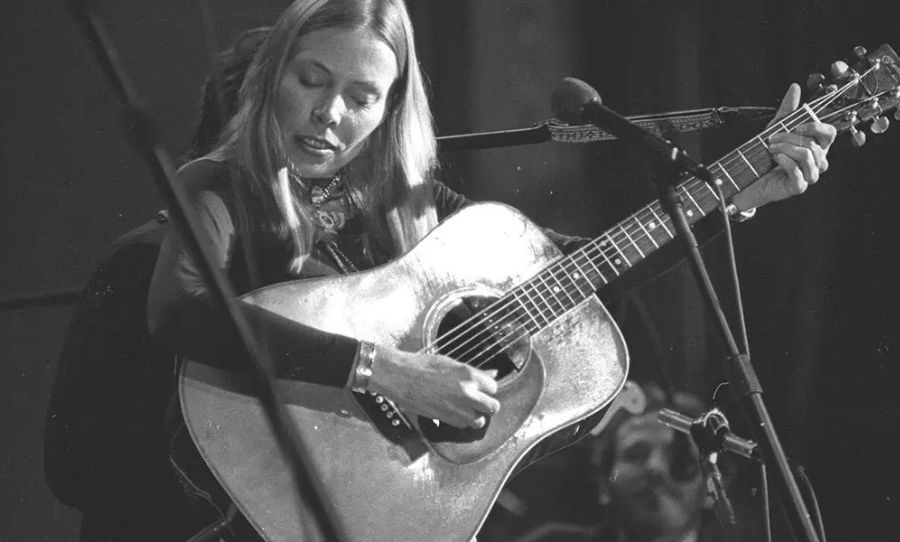Though his career spanned only three albums, the influence of Nick Drake can be felt in a diverse range of later releases. The colour of his tone was gentle, smooth and intimate—descriptors which belie the power of his music and the weight of his legacy.
Reluctant as a recording artist—and especially on stage—Drake’s short life was ended by an overdose of amitriptyline, which was a medication for his depression. In life, he was far from a star, but over the decades, his enigmatic body of work has been pored over by artists and fans alike, providing a rich source of inspiration.

Nick Drake was an enigmatic artist who left the world far too early. Let’s take a look at his pivotal works and how they’ve influenced subsequent generations.
Early days
Though the contemplative soundscapes of Drake ultimately became more memorable than most, he was still a product of his environment and generation. Born in Burma to a mother who was a keen musician, Drake turned to music early, playing piano and experimenting with recording at home as a child.
He bought his first guitar as a teenager and much dove headlong into the archetypes of the folk technique—namely intricate finger-picking rhythms that would be the hallmark of his work and unconventional open-tunings, which lent his songs their characteristically ambiguous harmonies.
So while his lyrics were shaped toward the introspective stylings of Bob Dylan, the off-kilter rhythms of his guitar playing and otherworldly tone of his voice eventually attracted the attention of labels while he was studying at Cambridge.
While playing in London, he was approached by Fairport Convention’s Ashley Hutchings, who introduced him to the ambitious American record producer, Joe Boyd. This partnership and the one he shared with his university friend and arranger, Robert Kirby, would be the mainstays of his three-album career.
In the studio
In the tail-end of the ’60s, the recording studio had reached a degree of maturity and sophistication. Sure, the track-counts were low in comparison to the gargantuan sessions of today, but lavish arrangements and glossy pop productions were becoming more and more the norm. This trend, however, was anathema to the philosophy of Drake, who preferred to maintain a simple and honest approach to production.
Released in 1969, Five Leaves Left was Drakes debut on Island Records, the iconic label who would eventually sign the folk-pop superstar Cat Stevens. Though his husky and delicate voice effortlessly carried his unusual melodies, the album is typified by lush string arrangements. Take River Man, for example. The song which begins with plaintive and unsettling major to minor chord transitions is eventually enveloped by lush and sonorous string textures.
Nick Drake’s sister Gabrielle Drake shared that Five Leaves Left meant a lot to their father ‘Take courage, take heart, you’ve really got it. We’ve just played Five Leaves Left [Nick’s debut album] on the stereo and we think it’s beautiful.’”
Not only sound, but the very atmosphere it creates is echoed in songs like Round the Bend by Beck. This song comes from his Sea Change record, a moment in which he traded the glam synth-pop of Midnight Vultures for an approach that was firmly in the Nick Drake tradition—intimate, meditative and unnerving.
In his second album, Bryter Later, Drake invited the rhythm section into his repertoire. Still stridently unconventional (take the twisting and turning vocal phrases of Hazey Jane II for instance), it hints, at least, at a more pop-friendly incarnation of Drake, with more energetic drums, fewer slow-moving strings.
Songs like Northern Sky exhibit the beginnings of alt-country. Its swirling Hammond organ, pulsating rhythms and intricate piano melodies can be heard on Wilco tracks like Muzzle of Bees and Either Way.
Stripping back
Bryter Later represented the energetic zenith of Drake’s discography. In his final album, Pink Moon, Drake stripped back his sound to its barest components. The songs too were brutally excised of all fat—the 11-track classic weighs in at only 28 minutes.
The title track is possibly the best known in the entire Drake catalogue. This song and the album links him strongly to Elliot Smith—a kindred spirit who committed suicide in 2003. There are also moments on the album when he simply let the guitar do the talking, such as Horn, an instrumental with ambient tendencies (which finds a bizarre bedfellow in Japanese avant-pop artist Cornelius) or the incessantly minimal Know.
After the release of Bryter Later and subsequent lack of commercial success, Drake’s mental health deteriorated. He eventually recorded Pink Moon over just two nights and like his music, he pared his life back dramatically and eventually succumbed to a drug overdose.
Though he never found widespread recognition in his lifetime, word spread in the years following his death—a mythical presence that has evolved into a legend. And though he didn’t leave bequeath a lengthy catalogue of songs, the sound and atmosphere of his records live on through the artists he inspired.
Check out artists like Nick Drake here


